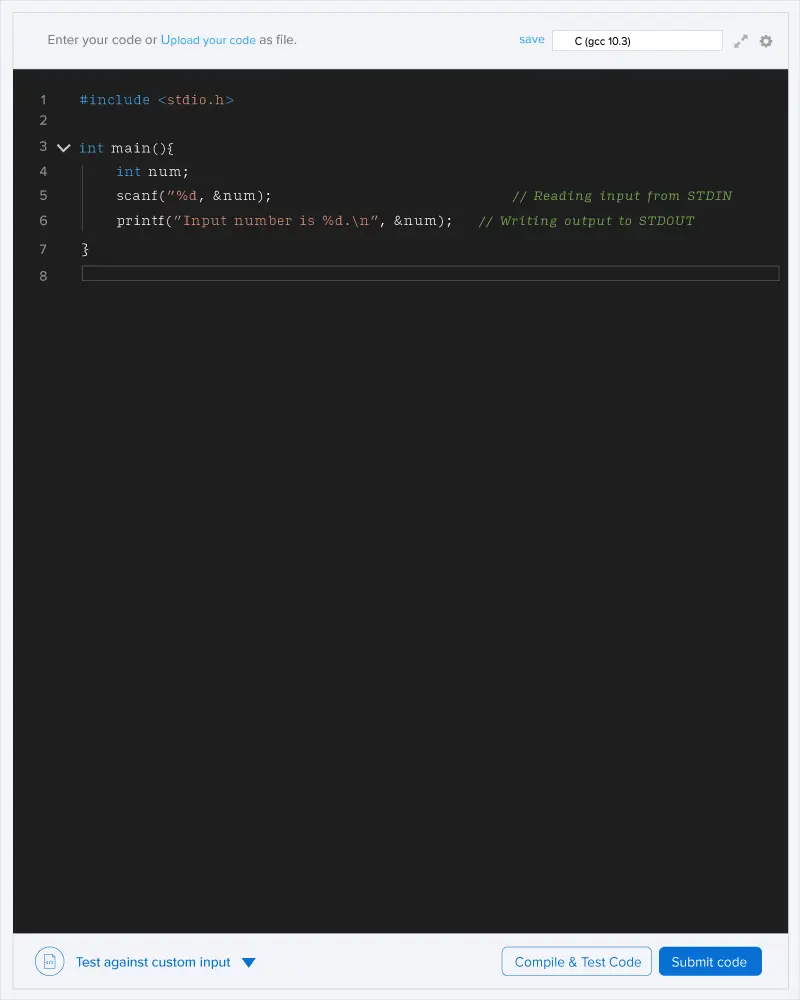A country X consists of N cities numbered 0 through N−1. The map of this country can be represented as a cycle — for each valid i, city i has exactly two neighboring cities (i+1)%N and (i−1+N)%N.
The cities in the country are broadly categorized into different types. For each valid i, the type of city i is denoted by Ai.
A person called Suarez wants to travel between some pairs of the cities. You are given Q queries. In each query, Suarez wants to travel from city number Y to a city of type Z. Also, he wants to travel only in a given direction along the cycle.
The direction is represented by a letter — L or R. If it's L, Suarez may only move from city i to city (i−1+N)%N for each valid i. If it's R, he may only move from city i to city (i+1)%N.
You need to find the minimum number of steps Suarez needs to take to reach a city of type Z if he starts moving from city Y in the given direction (he can take zero steps). In one step, Suarez can move from his current city to a neighboring city.
If Suarez can never reach a city of type Z for a given query, print 1 instead.
Constraints
-
1≤N≤3,000
-
1≤Q≤500,000
-
0≤Y<N
-
1≤Ai,Z≤200,000
Input format
The first line of the input contains two space-separated integers N and Q. The next line contains N space-separated integers, where the i-th of these integers represents Ai.
Each of the following Q lines describes a query in the format Y Z D, where Y is an integer denoting the number of the starting city, Z is an integer denoting the type of a target city and D is a letter ('L' or 'R') denoting the direction along the cycle.
Output format
For each query, print a single line containing one integer — the answer to the query.
For the first query, Suarez is already standing in a city of the required type, hence 0 steps taken.
For the second query, Suarez will take the path 1 -> 0 -> 2, hence 2 steps taken.
For the third query, Suarez will take the path 2 -> 0, hence 1 step taken.
For the fourth query, there is no city of type 5, so the answer is 1.

